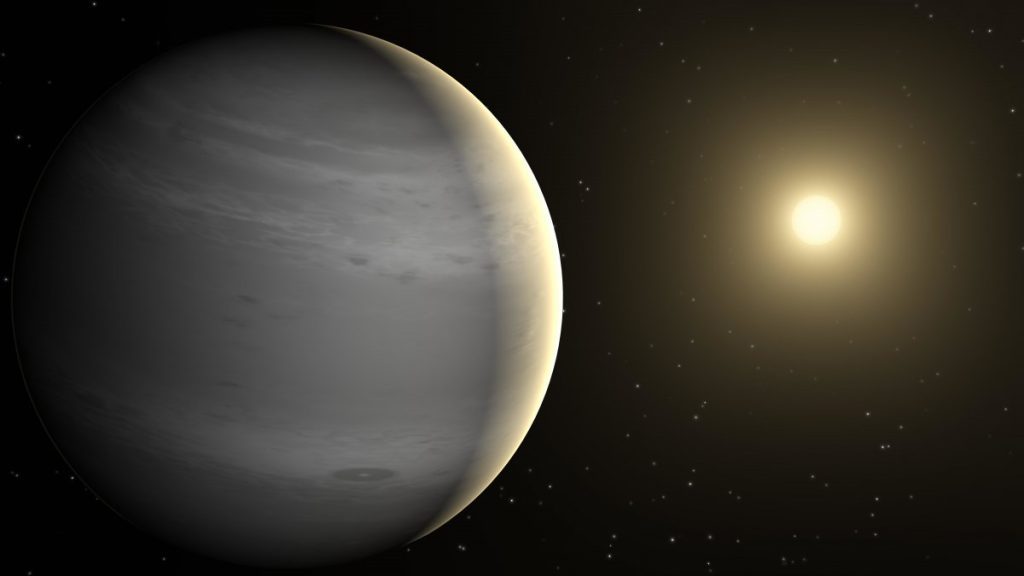Another relatively recent gas planet discovery has been made around another star that seems to contradict the most widely held theories about planet formation. This was reported by the Max Planck Institute for Astronomy, where the analysis was carried out. Exoplanet HD 114082 b is roughly the size of Jupiter but eight times the mass of the largest planet in the Solar System. This is two or three times more than when it comes to models.
The research team notes that the density of the gas giant is twice as high as that of Earth. After all, our home is a rocky planet with a core of iron and nickel, while gas giants are generally composed of hydrogen and helium, the lightest elements of all.
Reconsider the theories
According to the analyses, HD 114082 b is only about 15 million years old, making it the youngest “Jupiter” for which the radius and mass can be determined. Most astronomers currently assume that these celestial bodies first form by forming a solid core in a disk of dust around a star, and then its mass captures the surrounding gas. This model of “core accretion” contrasts with so-called “disk instability,” in which “gravitationally unstable bundles of dense gas” collapse completely, giving rise to a planet without a rocky core.
Especially in the beginning, the emerging celestial bodies differ in their temperature, and a distinction is made between a “cold” start (disk instability) and a “hot” start (nuclear accretion). In terms of size, both should show notable differences.
The research institute wrote that HD 114082 b is clearly too small for its mass based on current model assumptions. It is not suitable for the preferred “hot start”. Either their solid cores are unusually large or the rate at which these gas giant planets are cooling is underestimated – or both. Two other discovered gas giants that are less than 30 million years old also contradict previous models. Although the sample is still very young overall, “it is unlikely that all of these planets are outliers.”
More discoveries are still needed to confirm this trend, but theorists should reconsider their calculations, says research leader Olga Zakhozai. The research work has been published in the journal Astronomy and Astrophysics.
(mo)

“Total coffee aficionado. Travel buff. Music ninja. Bacon nerd. Beeraholic.”







More Stories
We will tell you the real reason for this physical phenomenon that caused the failure of Isaac Newton
A mysterious discovery on Mars – NASA team talks about “tire tracks” or “dragon scales”
Ringworm (tinea corporis): symptoms and treatment